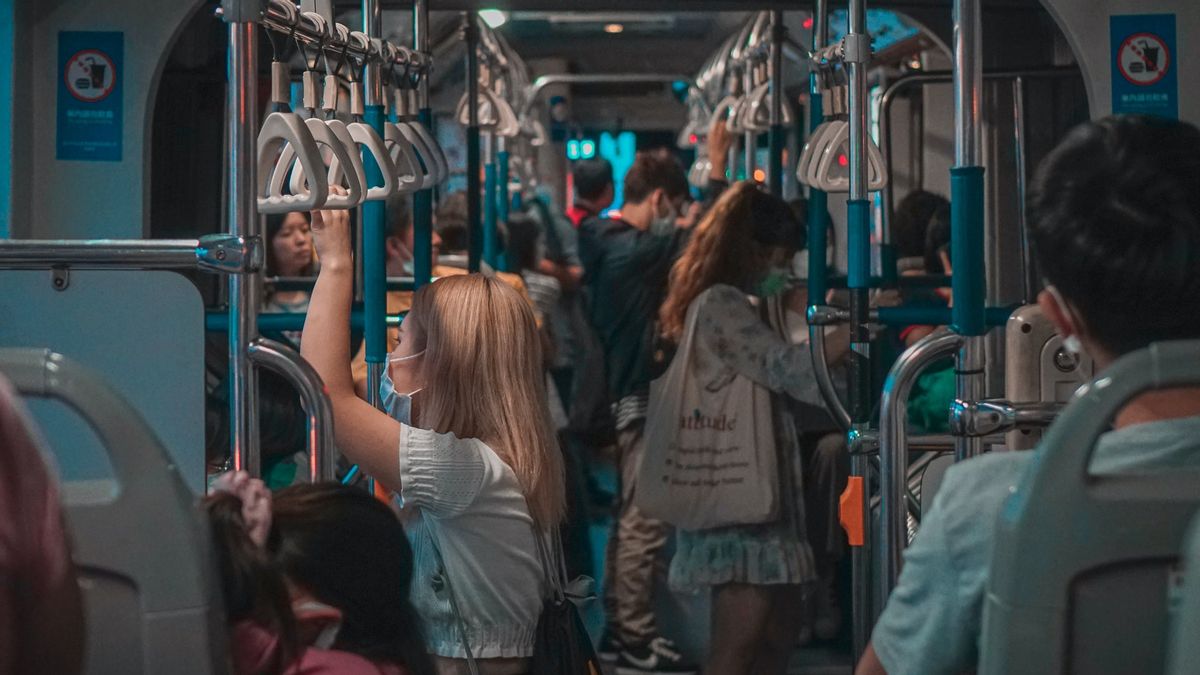JAKARTA - The COVID-19 pandemic is driving the desire of Europeans in big cities to move to smaller cities. They expressed concern about the increasing population density after the lockdown which is widely practiced in various regions.
A survey, released Thursday, November 19, revealed that more than 40 percent of residents in major European cities are considering moving to smaller cities due to the COVID-19 pandemic. They want to move to smaller cities with better access to parks and other facilities.
Half of the city's residents in London, Paris, Milan, Madrid and Berlin say the lockdown has made them more worried about overcrowding and air pollution. The survey was conducted by British engineering firm Arup.
"The pandemic has brought home ways in which our living environment can be disrupted," said urban design leader Arup Malcolm Smith.
He added that the community has re-evaluated the importance of living near essential services such as shops and green spaces. Two-fifths of respondents in the UK capital said they had temporarily traveled to less populated areas during the pandemic, compared to just about one in ten in Madrid and Milan.
This is because Londoners have to travel longer distances than residents of other European cities to reach services such as green areas, grocery stores, fitness clubs and cafes, according to the poll, based on interviews with about 5,000 people in five cities.
"During the lockdown, we felt quite isolated in our residential area, with very remote facilities," said Bryndis Sadler, 27, who left west London suburb of Acton to buy a house about 40 miles (64 km) north of Hitchin, Hertfordshire, in October.
Londoners are citizens who are eager to move from the British capital. As many as 59 percent of Londoners are considering moving from the British capital. Meanwhile 41 percent of Parisians and 30 percent of Berliners respectively are considering moving from the nation's capital.
COVID-19 highlights the importance of living within walking or cycling distance in green areas, 85 percent of respondents said. Londoners take an average of 20 minutes to reach a park or play area, nearly double that of the residents of four other cities, the poll found.
"One of the great advantages of city life is its proximity," said Harriet Tregoning, director of the New Urban Mobility alliance, a network of cities, companies and advocacy groups that promote "livable cities."
However, given the sheer appeal of London, from history to culture and business, it's too early to talk about flights from the city, said Philipp Rode, who runs LSE Cities, a research center at the London School of Economics. The pandemic also underscores the importance of developing cities in smaller, more livable areas that can withstand future disruptions, whether brought about by viruses or climate change, Smith said.
"In the 19th century, the response to cholera in London brought with it huge infrastructure, sewer networks ... I hope COVID-19 will lead to a much smaller scale but wide-ranging green open-space intervention, prioritizing cycling and walking, and reassess local facilities, "he said.
The English, Chinese, Japanese, Arabic, and French versions are automatically generated by the AI. So there may still be inaccuracies in translating, please always see Indonesian as our main language. (system supported by DigitalSiber.id)













